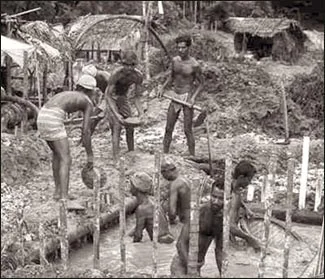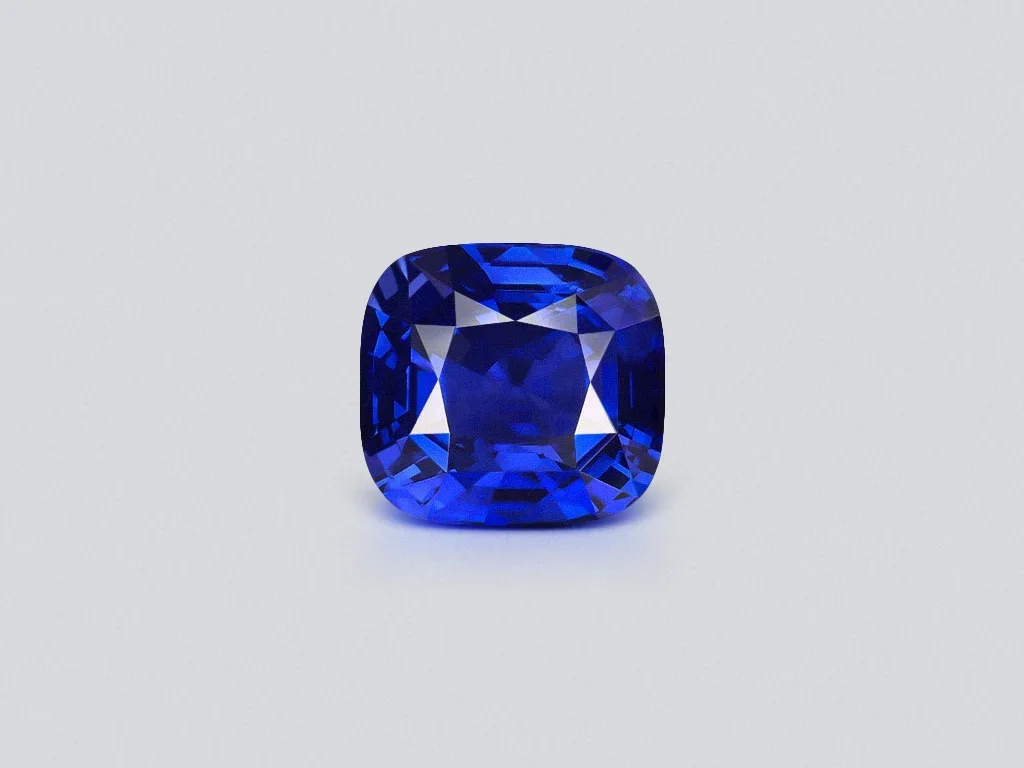

Few gemstones command the same reverence as the Ceylon Blue Sapphire. Mined primarily in Sri Lanka—historically known as Ceylon—these vibrant blues have captivated royalty, collectors, and modern brides alike. This guide breaks down what makes Ceylon Blue Sapphires special, how to judge quality, what to ask a seller, and how to care for your stone so it dazzles for generations.
“Ceylon Blue Sapphire” refers to blue sapphires mined in Sri Lanka. They’re celebrated for lively, bright tones—ranging from delicate “cornflower” to deeper royal blue—often with excellent clarity and a crisp, open look in daylight.
Note: While origin influences appearance and value, quality always comes down to the individual stone.
Ask for documentation from recognized labs, for example:
Certificates should confirm natural sapphire, disclose treatments (if any), and, where possible, comment on origin.
Before you buy:
Remember: Quality trumps origin. A superb Sri Lankan sapphire will outshine a mediocre stone from anywhere.
Is “Ceylon” the same as Sri Lanka?
Yes—Ceylon is the former name of Sri Lanka. “Ceylon Blue Sapphire” means Sri Lankan origin.
Are heated sapphires bad?
No. Heat treatment is accepted in the trade. Unheated stones are rarer and often pricier.
How can I spot a synthetic?
Trust lab reports; pros use microscopy and spectroscopy. If the price is too good, be cautious.
What metal suits blue sapphire best?
Platinum or white gold highlights the cool blue; yellow gold adds a regal, warm contrast.